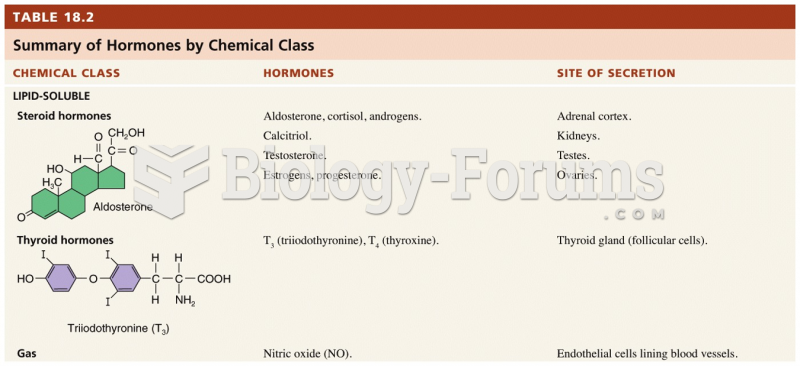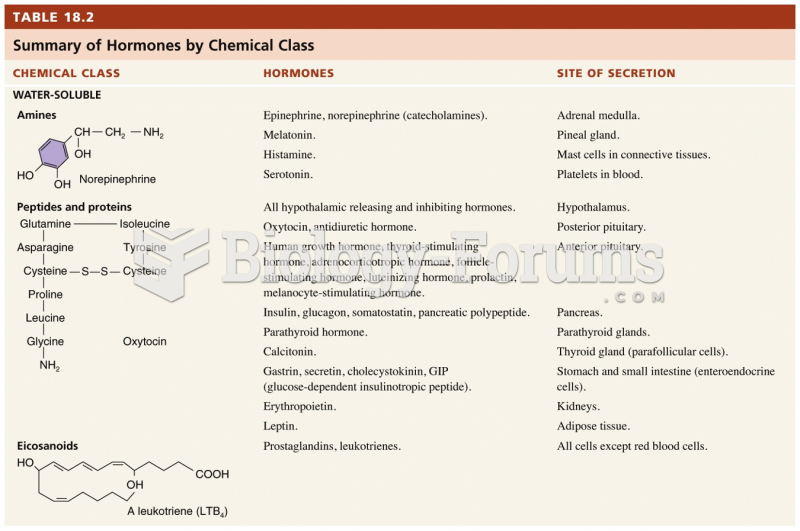Answer to Question 1
TRUE
Answer to Question 2
Delinquent behavior is learned. Sutherland believes that the tools for crime and delinquency are acquired in the same manner as any other learned behavior, such as writing, painting, or reading.
Learning is a by-product of interaction. Delinquent behavior is learned as a by-product of interacting with others. Children actively participate in the learning process as they interact with other individuals, even their boyfriends or girlfriends. Thus, delinquency cannot occur without the aid of others; it is a function of socialization.
Learning occurs within intimate groups. Learning delinquent behavior occurs within intimate personal groups. Children's contacts with their most intimate social companionsfamily, friends, peershave the greatest influence on their deviant behavior and attitude development. Research shows that children who grow up in homes where parents abuse alcohol are more likely to view drinking as being socially and physically beneficial.
Criminal techniques are learned. Some kids may meet and associate with older criminal mentors who teach them how to be successful criminals and gain the greatest benefits from their criminal activities. They learn the proper way to pick a lock, shoplift, and obtain and use narcotics. In addition, novice delinquents learn to use the proper terminology for their acts and then acquire proper reactions to law violations. For example, getting high on marijuana and learning the proper way to smoke a joint are behavior patterns usually acquired from more experienced companions. Delinquents must learn how to react properly to their illegal acts, such as when to defend them, rationalize them, or show remorse for them.
Perceptions of legal code influence motives and drives. The reaction to social rules and laws is not uniform across society, and children constantly come into contact with others who maintain different views on the utility of obeying the legal code. Some kids they admire may openly disdain or flout the law or ignore its substance. Kids experience what Sutherland calls culture conflict when they are exposed to different and opposing attitudes toward what is right and wrong, moral and immoral. The conflict of social attitudes and cultural norms is the basis for the concept of differential association.
Differential associations may vary in duration, frequency, priority, and intensity. Whether a person learns to obey the law or to disregard it is influenced by the quality of social interactions. Those of lasting duration have greater influence than those that are brief. Similarly, frequent contacts have greater effect than rare and haphazard contacts. Sutherland did not specify what he meant by priority, but Cressey and others have interpreted the term to mean the age of children when they first encounter definitions of criminality. Contacts made early in life probably have a greater and more far-reaching influence than those developed later on. Finally, intensity is generally interpreted to mean the importance and prestige attributed to the individual or groups from whom the definitions are learned. The influence of a father, mother, or trusted friend far outweighs the effect of more socially distant figures.
Delinquent behavior is an expression of general needs and values, but it is not excused by those general needs and values because nondelinquent behavior is also an expression of those same needs and values. What Sutherland means here is that delinquency and nondelinquency cannot have the same cause. For example, delinquency cannot be caused by economic needs because poor kids can also get jobs, save money and so on. It is only the learning of deviant norms through contact with an excess of definitions favorable toward delinquency that produces illegal behavior.
Students responses will vary.







